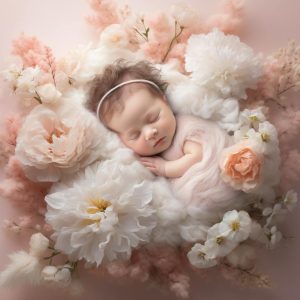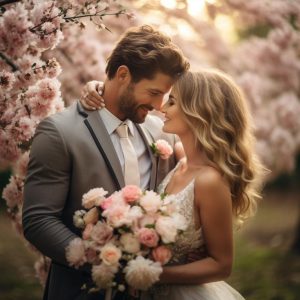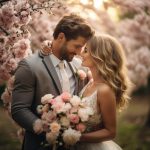Bringing a newborn into the world is a magical and fleeting moment that deserves to be captured with utmost care and creativity. As new parents, you’re likely eager to document every tiny detail of your little one’s early days, and what better way to do so than through the lens of a camera?
In this blog post, we’ll delve into the world of newborn photography and explore the art of using flash to enhance those precious moments. Whether you’re a budding photographer or a parent armed with a camera, understanding how to use flash effectively can make a significant difference in the quality of your newborn photos.
We’ll walk you through some tips and techniques that are not only simple to grasp but also tailored to ensure a comfortable and safe environment for your newest family member.
Get ready to embark on a journey of discovery, where we’ll unravel the mysteries of using flash in newborn photography, turning those first moments into timeless memories you’ll cherish forever.
Contents
- 1 Benefits of Flash Photography for Newborns
- 2 Selecting the Lighting Setup for Newborn Photos
- 3 Understanding Camera Settings for Newborn Flash Photography
- 4 Choosing the Right Accessories for Newborn Flash Photography
- 5 How to Capture the Perfect Newborn Photo With Flash
- 6 Conclusion:
- 7 FAQs
- 7.1 Is it safe to use a flash around newborns?
- 7.2 What type of flash is best for newborn photography?
- 7.3 Do I need any additional accessories for using flash in newborn photography?
- 7.4 How can I prevent red-eye in newborn photos when using flash?
- 7.5 When is the best time to use flash for newborn photography?
- 7.6 How can I balance ambient light with flash for a natural look?
Benefits of Flash Photography for Newborns
Flash photography has been around for a while now, and it’s no secret that it can be extremely helpful in getting great shots of newborns. Here are just a few benefits of using flash photography for newborns:
1. It can help to capture those tiny details. Newborns are so small and delicate, and flash photography can really help to bring out all of the tiny details in their faces and bodies.
2. It can add some much-needed light. Newborns are often photographed in hospital rooms or at home, where the lighting isn’t always ideal. Flash photography can help to add some extra light to the scene, which can make a big difference in the quality of the photos.
3. It can help to freeze the action. Newborns move around a lot, and it can be tough to get a sharp photo of them if they’re in motion. Flash photography can help to “freeze” them in place, so you can get a clear shot.
4. It can create some beautiful effects. When used correctly, flash photography can create some stunning effects, like catchlights in the eyes or a soft “halo” around the head.
If you’re thinking about using flash photography for your newborn photos, there are a few things you should keep in mind. First, make sure you have a good quality flash unit that will give you enough power to light up your subject.
Second, be careful not to use too much flash, as it can wash out the details in your photos. And finally, experiment a bit to find the right balance of flash and ambient light to get the results you’re looking for.
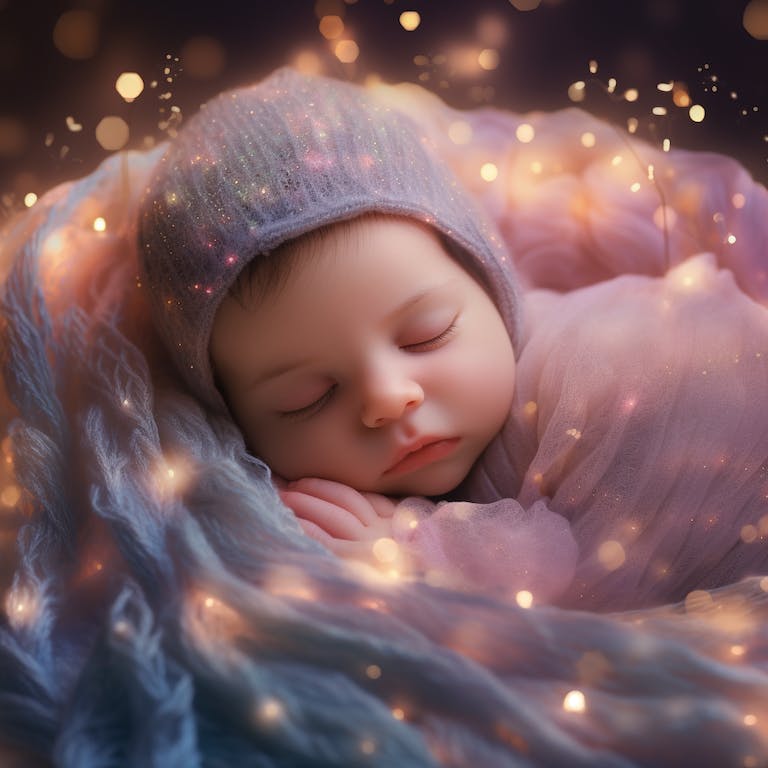
Selecting the Lighting Setup for Newborn Photos
As a photographer, one of the most important aspects of your job is to ensure that you have the proper lighting setup for your subject. This is especially true when photographing newborns, as they are notoriously difficult to photograph.
There are a few different lighting setups that you can use for newborn photography, and each has its own benefits and drawbacks.
One popular lighting setup for newborn photography is using a flash. Flash photography can be tricky, but it can also produce some stunning results. The main benefit of using a flash is that it can help to illuminate the subject’s face.
This is especially important when photographing newborns, as their features are often very delicate and can be easily overshadowed by shadows. However, one downside of using a flash is that it can sometimes produce harsh lighting conditions that can be unflattering to the subject.
Another popular lighting setup for newborn photography is using natural light. Natural light can be beautiful, but it can also be very unpredictable. One advantage of using natural light is that it can help to create a softer, more natural look to the photos.
However, one downside of using natural light is that it can be difficult to control, and you may not always have the perfect light conditions for your photos.
Ultimately, the best lighting setup for your newborn photos will depend on your personal preference and the look that you are going for. If you are unsure of what setup to use, it is often best to experiment with both flash and natural light until you find the perfect combination for your needs.
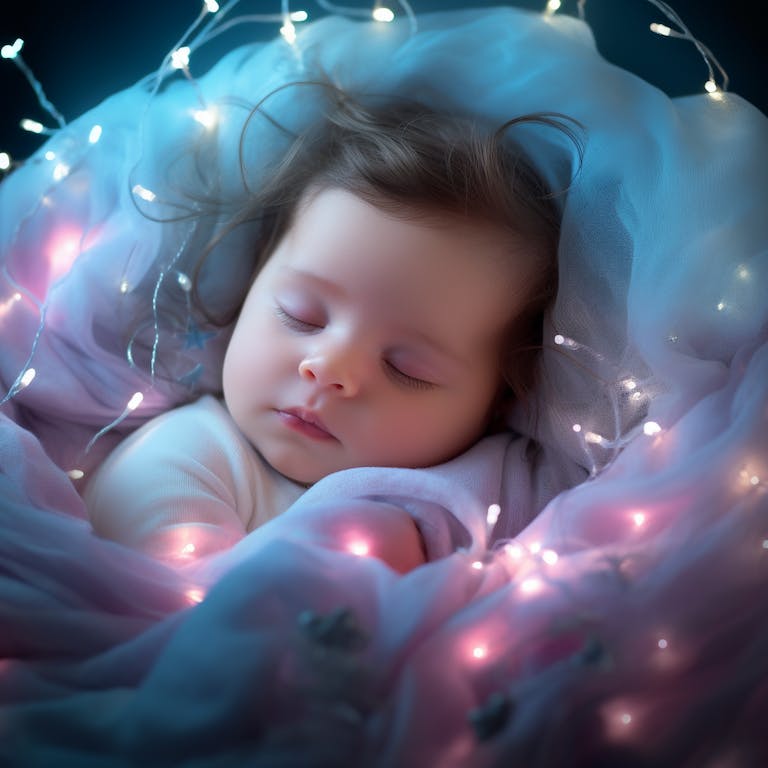
Understanding Camera Settings for Newborn Flash Photography
Setting up your camera for newborn flash photography can be daunting, but once you understand the basics, it’s easy! This guide will walk you through the process of setting up your camera for flash photography, including choosing the right settings and understanding how each setting affects your photos.
When shooting newborns, you want to be sure to use a flash. This will help to create even lighting and avoid any harsh shadows. There are two main types of flash that you can use: on-camera flash and off-camera flash. On-camera flash is attached to the top of your camera, while off-camera flash is not.
Off-camera flash is generally more versatile, but it can be more complicated to set up. If you’re just starting out, on-camera flash is a great option. Once you understand the basics of flash photography, you can experiment with off-camera flash to see what works best for you.
There are three main settings that you’ll need to understand when using flash photography: aperture, shutter speed, and ISO. Aperture is the setting that controls how much light enters the camera.
The wider the aperture, the more light that will enter the camera. Shutter speed is the setting that controls how long the camera shutter is open. The longer the shutter is open, the more light that will enter the camera.
ISO is the setting that controls how sensitive the camera is to light. The higher the ISO, the more sensitive the camera will be to light.
When setting up your camera for flash photography, you’ll want to start by setting the aperture. A good starting point is an aperture of f/8. This will allow enough light to enter the camera for a well-lit photo. From there, you can experiment with different apertures to see what works best for you. Just remember, the wider the aperture, the less light you’ll need from the flash.
Next, you’ll need to set the shutter speed. A good starting point is 1/125th of a second. This will allow enough time for the flash to light up your subject without overexposing them. If you’re using a faster shutter speed, you may need to use a higher ISO to compensate.
Finally, you’ll need to set the ISO. A good starting point is ISO 100. This will give you a low sensitivity to light, which is what you want when using flash photography. If you find that your photos are too dark, you can increase the ISO. Just remember, the higher the ISO, the more grainy your photos will become.
Now that you understand the basics of flash photography, you’re ready to start taking some amazing photos! Experiment with different settings to see what works best for you and your subject. With a little practice, you’ll be a pro in no time!
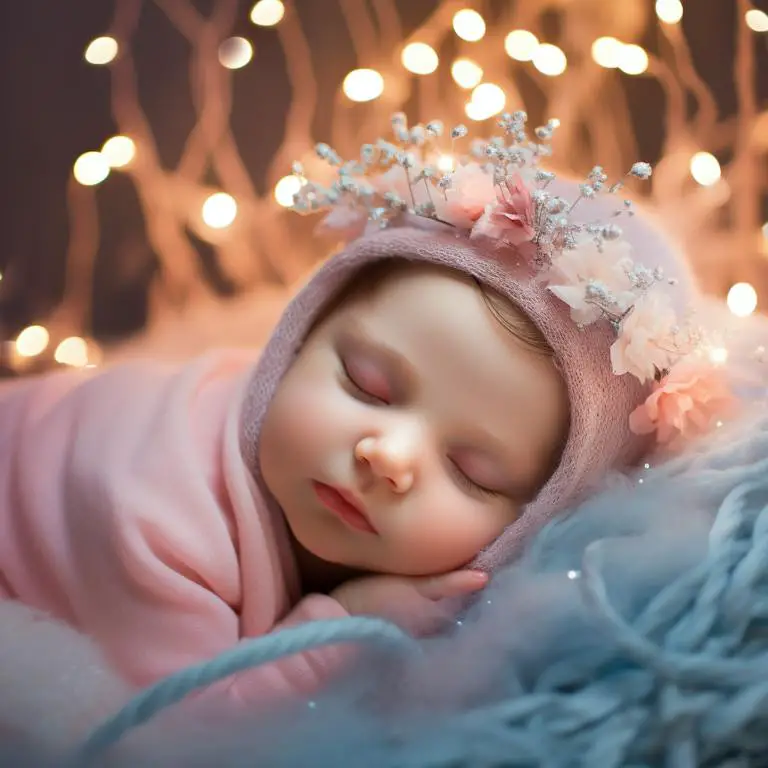
Choosing the Right Accessories for Newborn Flash Photography
As a newborn photographer, one of the most important things you can do is choose the right accessories for your flash photography. This can be a tough task, as there are so many different types and brands of flashes on the market. But with a little bit of research, you can find the perfect flash for your newborn photography needs.
One of the most important things to consider when choosing a flash is the power. You’ll want to make sure that the flash has enough power to light up your subject matter.
This is especially important when photographing newborns, as they tend to be very small. Another thing to keep in mind is the battery life. You’ll want to choose a flash that has a long battery life, so you don’t have to worry about it dying in the middle of a shoot.
Another important consideration is the size of the flash. You’ll want to make sure that the flash is small enough to not be intrusive, but also large enough to provide enough light. This is especially important when photographing newborns, as you don’t want to disturb them during their session.
Finally, you’ll want to consider the price when choosing a flash. There are a variety of different price points for flash units, so you’ll want to find one that fits your budget. But don’t sacrifice quality for price, as you’ll want to make sure that the flash you choose is going to provide you with great results.
With a little bit of research, you can find the perfect flash for your newborn photography needs. Just keep these considerations in mind and you’ll be sure to find the right one for you.
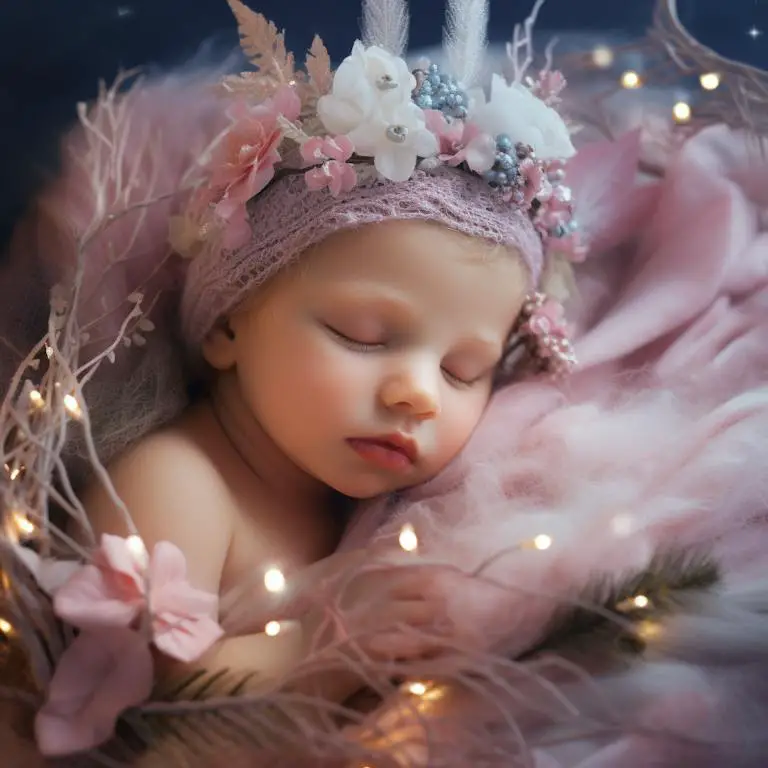
How to Capture the Perfect Newborn Photo With Flash
As a newborn photographer, one of the most important things you can do is to capture the perfect photo with flash. Here are a few tips to help you get the best results:
1. Use a diffuser: A diffuser will help to spread the light from your flash and soften the overall look of the image.
2. Use a low power setting: When using flash, it’s important to set your power to a low setting. This will help to prevent any potential issues with overexposure.
3. Be careful of reflections: When using flash, be careful of any reflections that may occur in the final image. This can often happen when photographing in a brightly lit room.
4. Take test shots: Before taking your final image, be sure to take some test shots. This will help you to gauge the power of your flash and make any necessary adjustments.
5. Use manual mode: When using flash, it’s always best to use manual mode. This will allow you to have more control over the final image.
By following these tips, you’ll be well on your way to capturing the perfect newborn photo with flash!
Conclusion:
In conclusion, you can use flash for newborn photography, but there are some things you need to keep in mind. First, use a diffuser to soften the light and avoid hot spots.
Second, take care when using flash near your subject’s face, as it can be harsh. Finally, don’t forget to experiment with different settings and techniques to find what works best for you and your subject.
I hope this article has given you some helpful tips and techniques for using flash for newborn photography. As always, experiment to find what works best for you and your subject. If you have any questions, feel free to leave a comment below.
FAQs
Is it safe to use a flash around newborns?
Absolutely, safety is our top priority! When using flash for newborn photography, ensure that the flash is diffused and not too harsh. Softening the light helps prevent discomfort for the baby and minimizes any potential adverse effects. Keep the flash at a reasonable distance and be mindful of your baby’s reactions.
What type of flash is best for newborn photography?
A speedlight or an external flash unit that can be swiveled and tilted is ideal. This allows you to bounce the light off walls or ceilings, creating a softer and more natural illumination. Built-in camera flashes can be too harsh, so an external flash gives you more control over the lighting conditions.
Do I need any additional accessories for using flash in newborn photography?
Investing in a softbox or diffuser can make a significant difference. These accessories help spread and soften the light, reducing shadows and creating a more flattering look. Additionally, a reflector can bounce natural light back onto the baby, further enhancing the overall image.
How can I prevent red-eye in newborn photos when using flash?
Red-eye is common in flash photography, but you can avoid it by angling the flash away from the camera or using an external flash unit that allows for this adjustment. If possible, dim the ambient lighting in the room, as this can also minimize the chances of red-eye.
When is the best time to use flash for newborn photography?
Opt for natural light whenever possible, especially during the newborn’s first few weeks when their eyes are still sensitive. If you need to use flash, do so during the daytime, and be mindful of the baby’s nap and feeding schedule to capture them at their most comfortable and cooperative moments.
How can I balance ambient light with flash for a natural look?
Achieving a natural look involves striking a balance between ambient light and flash. Experiment with adjusting your camera settings to allow some ambient light into the photo. This helps avoid a stark contrast between the flash-lit subject and the background, creating a more harmonious image.

